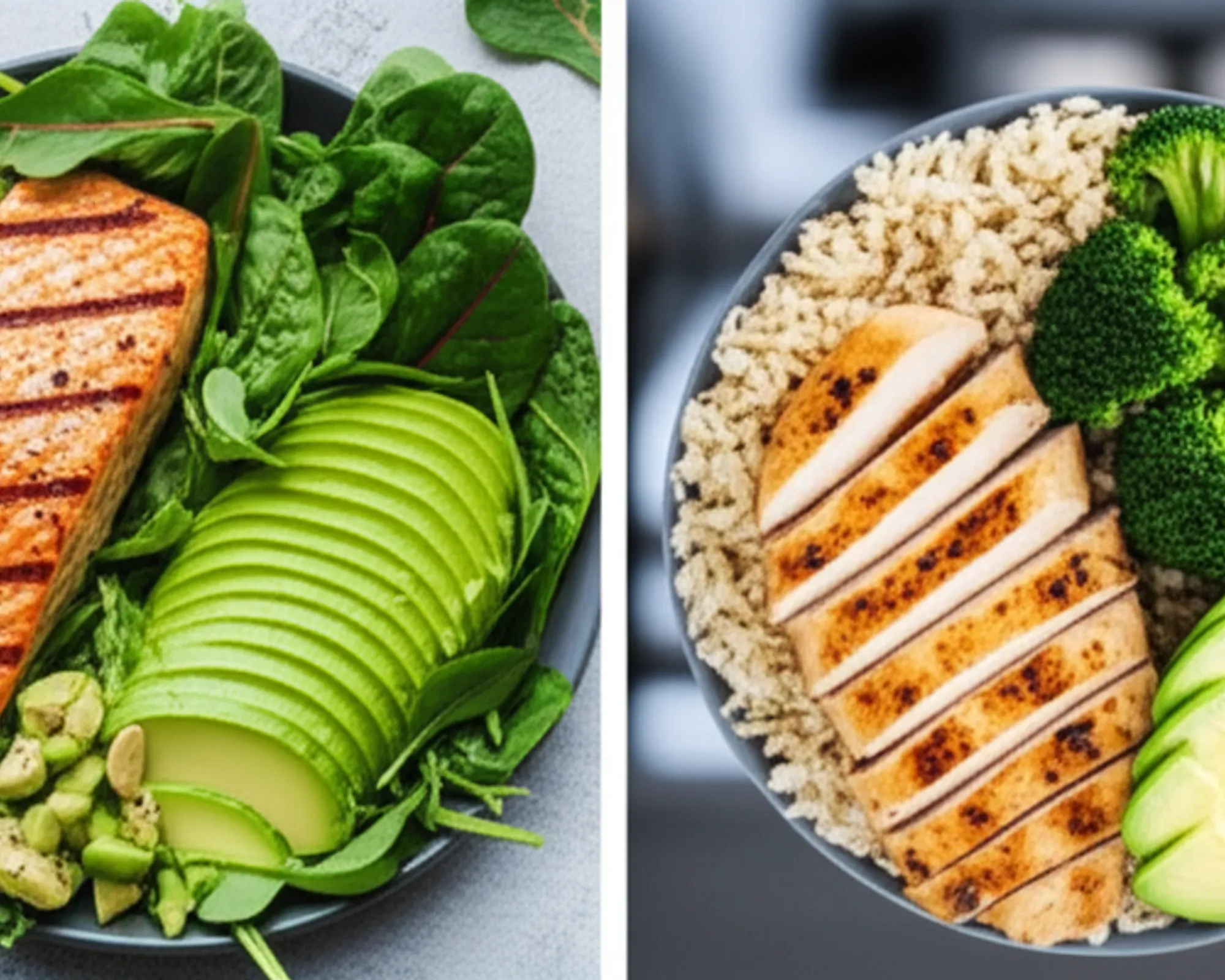Gym Myths That Stop You From Progress

The gym can be an intimidating place, not just because of the equipment, but because of the sheer volume of conflicting information and advice circulating within it. For every proven fitness principle, there seems to be a handful of persistent myths that, if believed, can actively hinder your progress, waste your time, and even lead to injury. If you've ever felt stuck on a plateau or frustrated by a lack of results, it's possible you've fallen victim to one of these common gym myths. Let's debunk them and set you on a clearer path to achieving your fitness goals.
Myth 1: More Is Always Better (More Sets, More Reps, More Hours)
Many beginners (and even some seasoned lifters) believe that the key to faster results lies in doing an excessive amount of work. Hitting the gym for two hours every day, doing countless sets, or never taking rest days often feels like productive effort. However, your body grows and adapts during recovery, not during the workout itself. Overtraining can lead to fatigue, decreased performance, increased risk of injury, and even hormonal imbalances. Focus on quality over quantity: efficient workouts with proper intensity and adequate rest between sessions are far more effective.
Myth 2: Spot Reduction Is Possible
The idea of targeting fat loss from a specific body part (e.g., doing endless crunches to lose belly fat or inner thigh exercises for leaner thighs) is one of the most stubborn gym myths. Unfortunately, your body decides where it loses fat from, and it's usually a systemic process. While you can build muscle in specific areas, you cannot "spot reduce" fat. To lose fat from your belly, arms, or thighs, you need to achieve an overall caloric deficit through a combination of diet and exercise. Focus on compound movements and a healthy eating plan for overall fat loss.
Myth 3: Lifting Weights Makes Women Bulky
This myth has deterred countless women from embracing the incredibly beneficial world of strength training. The fear is that lifting heavy weights will immediately lead to a masculine, bulky physique. In reality, women typically lack the high levels of testosterone required to build significant muscle mass comparable to men. Instead, strength training helps women build lean muscle, which contributes to a more toned appearance, boosts metabolism, strengthens bones, improves posture, and enhances overall functional strength. Embrace the weights – they are your allies, not your enemies!
Myth 4: Cardio Is the Only Way to Lose Weight
While cardiovascular exercise is excellent for heart health and burns calories, relying solely on it for weight loss is often inefficient. Strength training plays a crucial role in fat loss and body recomposition. Building muscle increases your resting metabolic rate, meaning you burn more calories even when you're not exercising. A combination of both strength training and cardio, coupled with a proper diet, is the most effective strategy for sustainable weight loss and improving body composition.
Myth 5: You Need to Constantly Change Your Routine (Muscle Confusion)
The concept of "muscle confusion" suggests that you must constantly switch up your exercises to keep your muscles guessing and prevent plateaus. While variation is good, constant change makes it impossible to track progress effectively. Progressive overload – gradually increasing the weight, reps, sets, or decreasing rest time – is the fundamental principle of muscle growth and strength gain. Stick to a well-structured routine for 4-8 weeks, focusing on getting stronger, before making significant changes. This allows your body to adapt and grow.
Myth 6: Soreness Equals a Good Workout
Delayed Onset Muscle Soreness (DOMS) is that familiar ache you feel a day or two after an intense workout. While it can be a sign that you've worked your muscles in a new or challenging way, it is NOT the sole indicator of an effective workout. You can have a highly productive training session without experiencing crippling soreness, especially as your body adapts to a routine. Conversely, extreme soreness might indicate you pushed too hard, potentially hindering recovery and future performance. Focus on performance metrics and progressive overload, not just how sore you feel.
Myth 7: Supplements Are Essential for Progress
Walk into any supplement store, and you'll be bombarded with promises of rapid muscle gain, fat loss, and unparalleled energy. While some supplements can be beneficial (like protein powder if dietary intake is insufficient, or creatine for strength/power athletes), they are exactly what their name suggests: supplements. They are meant to complement a solid foundation of proper nutrition, consistent training, and adequate rest – not replace them. Prioritize whole foods, a well-designed workout plan, and sufficient sleep before investing heavily in supplements.
Myth 8: Fasted Cardio Is Superior for Fat Loss
The belief that doing cardio on an empty stomach burns more fat is popular among those trying to shed pounds. The theory is that with no recent food intake, your body is forced to tap into fat stores for energy. While some studies show a slight increase in fat oxidation during fasted cardio, this often evens out over a 24-hour period. More importantly, fasted cardio can lead to decreased intensity during your workout and potentially catabolize muscle tissue. For most people, the timing of food intake relative to cardio has minimal impact on long-term fat loss. Focus on total daily calorie deficit.
Myth 9: You Can Out-Train a Bad Diet
This is perhaps one of the most damaging myths for anyone trying to achieve body composition goals. No matter how many hours you spend sweating in the gym, you cannot consistently make progress if your diet is poor. Nutrition is the cornerstone of fitness, influencing everything from energy levels and recovery to muscle growth and fat loss. Eating processed foods, excessive sugars, and unhealthy fats, even with intense training, will sabotage your efforts. Prioritize nutrient-dense whole foods, adequate protein, and proper portion control – your plate dictates far more than your bench press.
Myth 10: High Reps for Toning, Low Reps for Bulk
This myth perpetuates a misunderstanding of how muscles respond to training. There isn't a magical "toning" rep range. "Toning" is essentially a combination of building lean muscle and reducing body fat, which reveals the muscle definition underneath. While very high reps (15+) can improve muscular endurance and very low reps (1-5) are best for pure strength, hypertrophy (muscle growth) can occur across a broad rep range, typically 6-12 reps per set, with adequate intensity. Focus on challenging your muscles with progressive overload within these ranges, combined with a proper diet, to achieve a "toned" or muscular physique.
By understanding and debunking these common gym myths, you can approach your fitness journey with greater clarity and effectiveness. Don't let misinformation hold you back. Arm yourself with knowledge, focus on proven principles like progressive overload, proper nutrition, and adequate recovery, and watch as your progress truly takes off. Your body will thank you for it!


